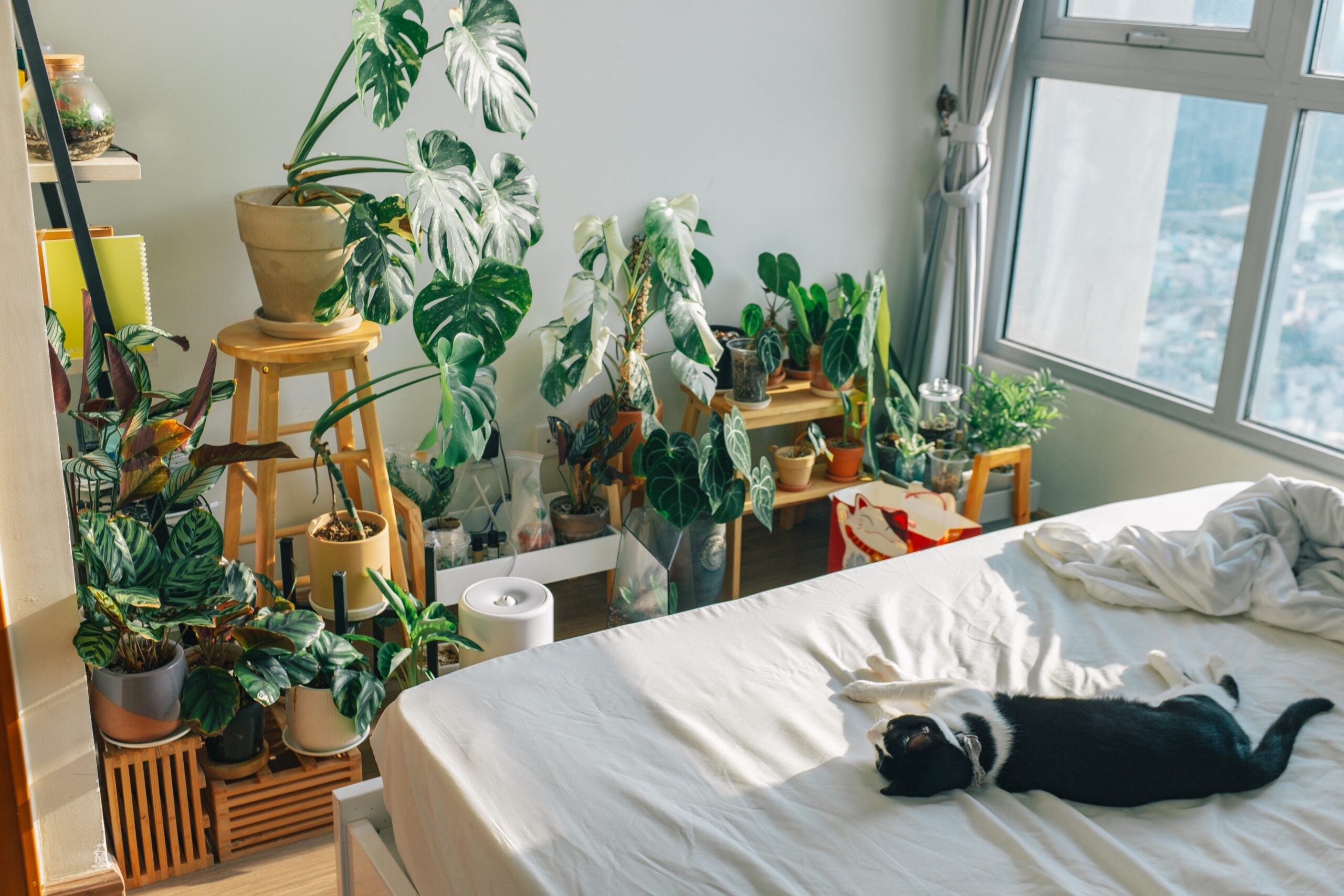Cat parents need to be mindful of some houseplants that could be poisonous to their feline friends. It is estimated that at least 5000 pet cats in our country suffer from plant poisoning every year. Interaction with these plants can cause cats to suffer from mild to severe symptoms, ranging from vomiting to blood in the stool. Consider replacing the following houseplants, as they can be toxic to your feline companion.
- Lilies
These flowering plants are found in many households. Asiatic lilies, daylilies, Easter lilies, Japanese lilies, stargazer lilies, Tiger lilies, and Western lilies are usually toxic for cats. Cats merely licking the pollen from the flowers or drinking the water from its vase can experience kidney failure and even fatality in severe cases.
- Autumn Crocus
Autumn Crocus, also known as meadow saffron, is a common ornamental flowering plant that blooms in the fall. The houseplant is typically poisonous for cats due to its toxic alkaloid called colchicine. Cats accidentally ingesting this plant can exhibit symptoms like difficulty in breathing, vomiting, kidney, liver damage, and coma in severe cases. So it is highly recommended to replace this houseplant or keep it out of the cat’s reach.
- Narcissus
Plants such as white daffodils fall into the genus Narcissus. These flowering houseplants contain a poisonous agent called lycorine, which can result in breathing difficulties, low blood pressure, and other gastrointestinal complications when ingested by cats. Avoid planting Narcissus in your house or make sure to keep them out of reach of your feline friend.
- Azaleas and Rhododendrons
Azaleas and Rhododendrons are flowering shrubs usually used as decorative house plants, which can also be toxic for cats. More than 1,000 species of Azaleas and Rhododendrons are used as decorative plants in many households. They contain grayanotoxins, which can be poisoned for your feline friend. Accidental ingestion can result in weakness, loss of appetite, drooling, vomiting, tremors, heart arrhythmias, and even seizures in some cases.
- Cyclamen
Cyclamen, one of the other most common houseplants, is also known as the Persian violet. It is a genus among more than 20 species of decorative houseplants. Botanists and vets suggest that cyclamen’s roots and tubers can be poisonous for cats. Cyclamen contains a toxin called saponins, which can induce drooling, vomiting, diarrhea, and other life-threatening symptoms like abnormal heart rate and seizures.
- Kalanchoe
The flowering houseplant is also referred to as the chandelier plant, devil’s backbone, mother-in-law plant, or mother-of-millions. Kalanchoe is one of those houseplants that contain a toxin called bufadienolides. Toxicity due to Kalanchoe can cause cats to experience gastrointestinal problems, heart arrhythmias, and even seizures in severe cases. So cat parents should consider replacing this houseplant or keep it out of their reach.

